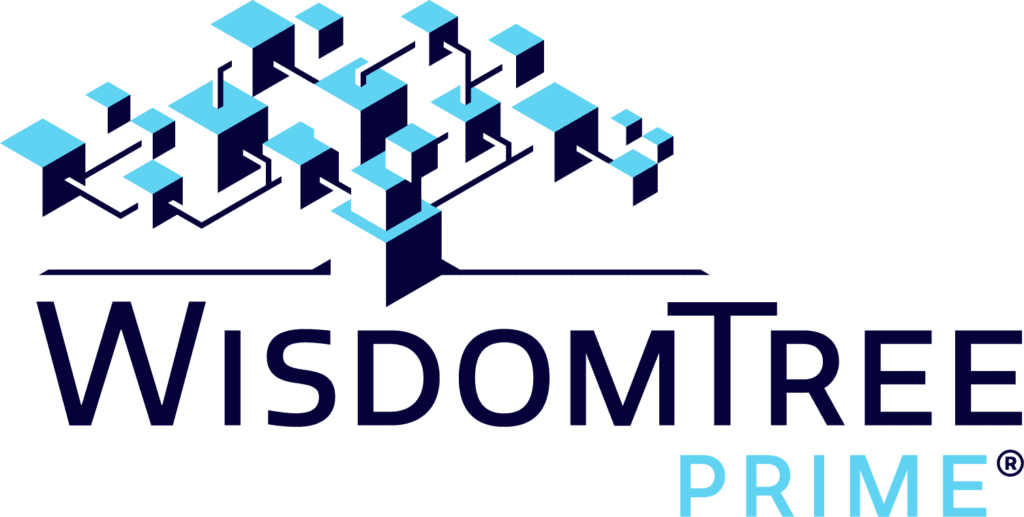Throughout time, complexity and innovation have always walked hand-in-hand with finance. Since money and finance have been the center of attention for millennia, we can trace the journey from the early financial practices of the Medici family to the modern-day innovation of tokenization to reveal an evolving landscape marked by increasing liquidity and accessibility. In this blog post, we will explore the key layers in the historical development of finance as we know it today.
The Medici Era: The Birth of Modern Banking
Our journey begins in the 15th century with the Medici family, a banking dynasty that laid the foundations of modern banking. The Medici bank, established by Giovanni di Bicci de’ Medici1, revolutionized financial practices through several innovations:
- International Banking:
The Medici family pioneered international finance by establishing branches across various European cities, thus facilitating cross-border trade and financial transactions. Their innovative practices, such as the introduction of bills of exchange and letters of credit, enabled more secure and efficient international trade, laying the groundwork for the modern global financial system. - Double-entry Bookkeeping:
The Medici’s popularized traditional double-entry bookkeeping during the Renaissance. This method involves two entries for each transaction – a debit in one account and a credit in another. This system brought a new level of accuracy and accountability to financial record-keeping. - Letters of Credit:
Letters of credit are financial instruments guaranteeing that a buyer’s payment to a seller will be received on time and for the correct amount. This innovation dramatically improved the financial system by reducing the risk in international trade, ensuring payment security and trust between distant parties who might otherwise be reluctant to conduct business without such assurances. This innovation reduced the need to carry large sums of money over long distances, significantly enhancing trade safety and efficiency.
The financial innovations introduced by the Medici family, such as international banking networks, double-entry bookkeeping, and letters of credit, were fundamental in establishing a more structured and reliable financial system. This increased the ease and safety of trade and commerce, effectively enhancing the liquidity of capital in a period where liquidity was traditionally constrained. The Medici Era set the stage for future developments such as:
Stocks and Bonds: The Foundation of Modern Finance2
Fast forward a couple hundred years to the 17th century, when the Dutch East India Company issued the first publicly traded company stock. This era marked the birth of the stock market as we know it today:
- Stocks:
Representing ownership in a company, stocks allowed businesses to raise capital more efficiently than traditional methods. Stocks enhanced liquidity in financial markets by allowing investors to buy and sell shares of company ownership easily, providing both businesses and investors with rapid access to capital. Stocks also offered transparency through mandatory financial disclosures, making company performance and prospects clear to shareholders and helped to enhance informed investment decisions. - Bonds:
Governments and companies began issuing bonds as a way to borrow money from the public, promising to repay with interest, thus formalizing the debt market. Bonds contributed to market liquidity by offering a tradeable, fixed-income investment, allowing governments and companies to efficiently raise funds while providing investors with predictable returns. They also brought transparency through well-defined terms and credit ratings, giving investors clear insights into the risks and returns associated with lending their money.
The creation and trading of stocks and bonds in the 17th century allowed businesses and governments to raise capital more efficiently. This era marked the beginning of formalized financial markets, where the exchange of these securities increased the liquidity of investments, making capital more accessible and movable across different sectors of the economy.
Securitization: Adding Layers to Financial Markets
Securitization emerged prominently in the 1970s3 and added another layer of complexity to the financial system. Securitization involves pooling various types of debt and selling them as consolidated securities to investors. Key developments included:
- Risk Distribution:
Securitization allowed for the distribution of risk across different investors, a significant shift in how financial markets managed risk at the time.
- Liquidity Creation:
By converting illiquid assets like mortgages into securities, securitization enhanced the liquidity of these assets, making them more attractive to a broader investor base.
Securitization represented a major step in the evolution of finance, increasing both the complexity and efficiency of financial markets.
Tokenization: A New Digital Frontier
The latest advancement in financial system evolution is tokenization4, brought forth by blockchain technology. Tokenization involves converting rights to an asset into a digital token, further democratizing investment in various asset classes. Tokenization is unfolding and it will enhance modern finance in the following ways:
- Fractional Ownership:
Fractional ownership, while not a new concept, has been revolutionized by the advent of blockchain technology and tokenization. Historically, fractional ownership existed, however, blockchain technology has greatly expanded and democratized this concept. Through tokenization, assets can be divided into smaller, more manageable shares or tokens, even down to very minute portions. This granular level of division, underpinned by the transparency, security, and efficiency of blockchain technology, opens up high-value investment opportunities — such as in real estate5 or art — to a broader audience. Previously, these were often inaccessible due to high entry costs and not as broadly available. The democratization effect of blockchain-based tokenization is not just about making investments more affordable; it’s about enhancing accessibility and liquidity, allowing a diverse range of investors to participate in markets.
- Increased Liquidity and Accessibility:
Tokenization significantly enhances liquidity in financial markets by converting traditionally illiquid assets like real estate or art into digital tokens, which can be traded on blockchain platforms. As mentioned above, this process allows for fractional ownership and lower transaction costs, thereby enabling a broader range of investors to buy and sell portions of these assets with greater ease and efficiency. - Triple-Entry Bookkeeping:
Triple-entry bookkeeping builds upon the double-entry Medici Method6. In the case of tokenization, the third entry is a cryptographic receipt of each transaction. This receipt is recorded, timestamped, and verified on a blockchain. The third entry serves as an immutable and transparent record of transactions, providing an additional layer of security, verifiability, and transparency.
The Final Frontier?
The journey from the Medici’s innovative banking practices to the modern world of tokenization underscores an unmistakable trend: markets will likely always trend towards enhanced liquidity. Each layer built upon its predecessors, not just adding complexity but also expanding accessibility, efficiency, and the potential for economic growth. A financial market that is more fluid, tradable, and accessible may inevitably create more value for market participants. The historical trend we’ve explored here reflects the continuous innovation in financial practices aimed at overcoming the liquidity challenges of each era, paving the way for a more dynamic and inclusive financial system.
Looking to the future we can begin to think about what challenges will tokenization face? And is tokenization the ‘final frontier’ when it comes to enhancing liquidity for previously illiquid assets? What will finance look like 50 years from now?
Sources
1 Ferguson, Niall. The Ascent of Money: A Financial History of the World: 10th Anniversary Edition. Penguin Books, 2009.
2 Khan Academy. “Introduction to Bonds | Stocks and Bonds | Finance & Capital Markets.” YouTube, uploaded by Khan Academy, September 29th, 2013.
3 Jobst, Andreas “Back to Basics: What is Securitization?” International Monetary Fund, Sep. 2008,
4 Banerjee, Anutosh, et al. “Tokenization: A Digital-Asset Déjà Vu.” McKinsey & Company, 15 Aug. 2023.
5 Meinzer, Karl Frank. “Tokenization – From Illiquid to Liquid Real Estate Ownership.” EY – Switzerland, 15 Feb. 2022.
6 Cai, Cynthia. (2019). Triple‐entry accounting with blockchain: How far have we come?. Accounting & Finance. 61. 10.1111/acfi.12556.






